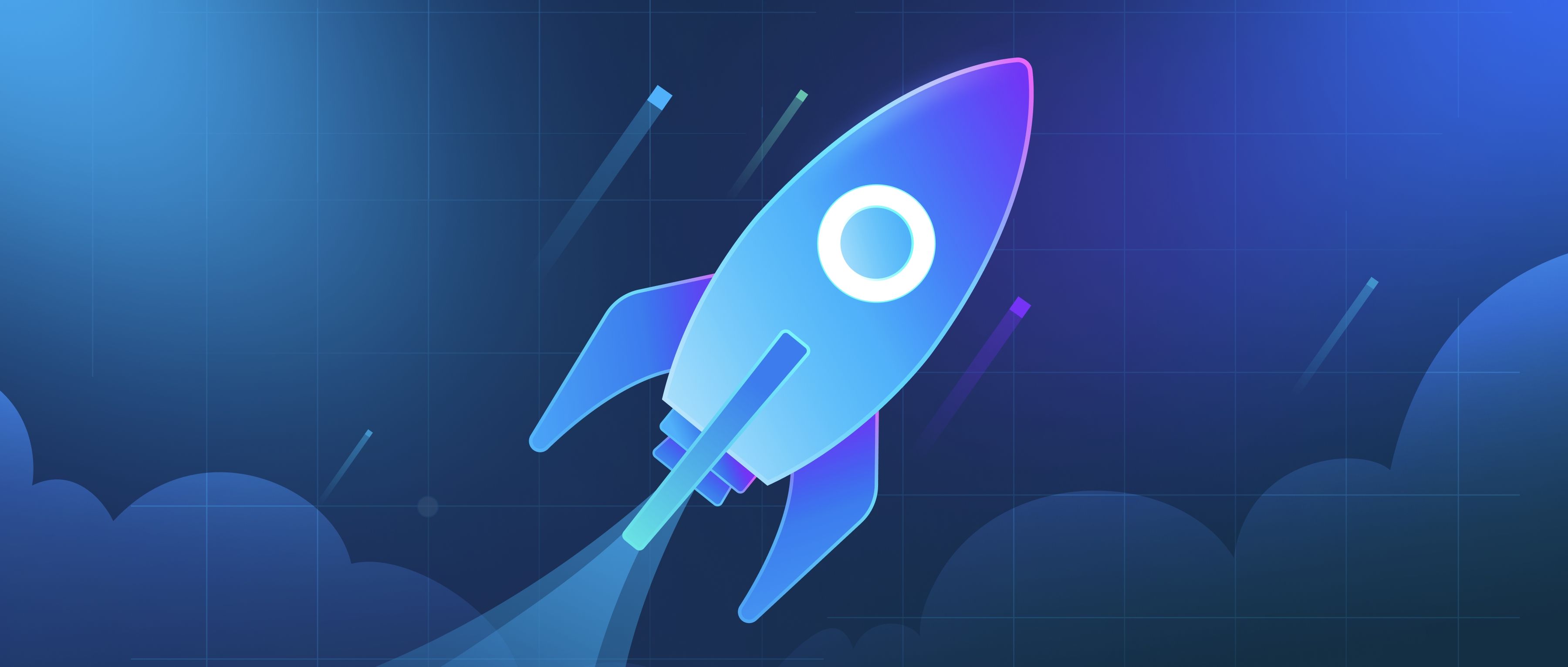Multi-agent systems (MAS) simulate natural phenomena by using software agents that interact with one another and their environment to mimic real-world processes. These agents represent individual entities with specific behaviors and capabilities, much like animals or organisms in nature. By programming these agents to follow simple rules and interact based on predefined protocols, developers can create complex behaviors that emerge from the interactions among the agents. This allows for the modeling of systems such as flocking behavior in birds or the foraging patterns of ant colonies.
For example, in simulating flocking dynamics, each agent can be programmed to follow basic principles such as alignment, cohesion, and separation. When these agents are placed in a virtual environment and allowed to "communicate" with their neighbors, you can observe the emergence of flock-like behavior. Each agent adjusts its movement based on the positions and velocities of its nearby agents, leading to the formation of groups that mirror the dynamics of real flocks. This type of simulation can not only help in understanding biological phenomena but can also be applied in robotics and traffic management systems.
Another key aspect of multi-agent systems is their ability to adapt to changes in the environment. In simulations of predator-prey dynamics, for instance, the agents can represent different species, with specific rules governing their interactions. As the prey population changes, such as due to environmental factors or resource availability, the agents can adjust their behavior accordingly. This adaptability can illustrate how ecosystems evolve over time, providing insights for conservation efforts or sustainable resource management. Through these simulations, developers can explore complex systems and gain a deeper understanding of the interconnectedness of natural phenomena.
